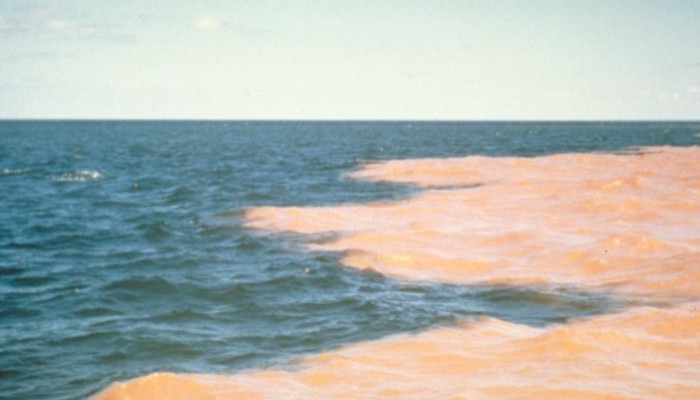Radiocarbon dating is probably the most well-known chronological technique regularly employed by archaeologists, geomorphologists and researchers analysing sediment cores. Palaeolimnologists (those who study lake sediments) hoping to determine the age of a sample extracted from a long sediment core traditionally seek terrestrial plant macrofossils (fragments of organic matter visible without a microscope), as these are considered most likely to return a reliable date. When I was searching for material to send to the radiocarbon lab during my PhD, finding bits of leaf from a tree, seeds or twigs made me especially excited.
A new paper written by James Marty and Amy Myrbol (Department of Earth Sciences, University of Minnesota) and published in Journal of Paleolimnology (MM2014) reviews the feasibility of acquiring robust ages from certain aquatic plant macrofossils. It was an interesting read, as I had not previously considered their viability, and I believe worthy of attention from the palaeolimnology community. The online Tool for Macroscopic Identification available from LacCore team at the University of Minnesota is a valuable resource too.




